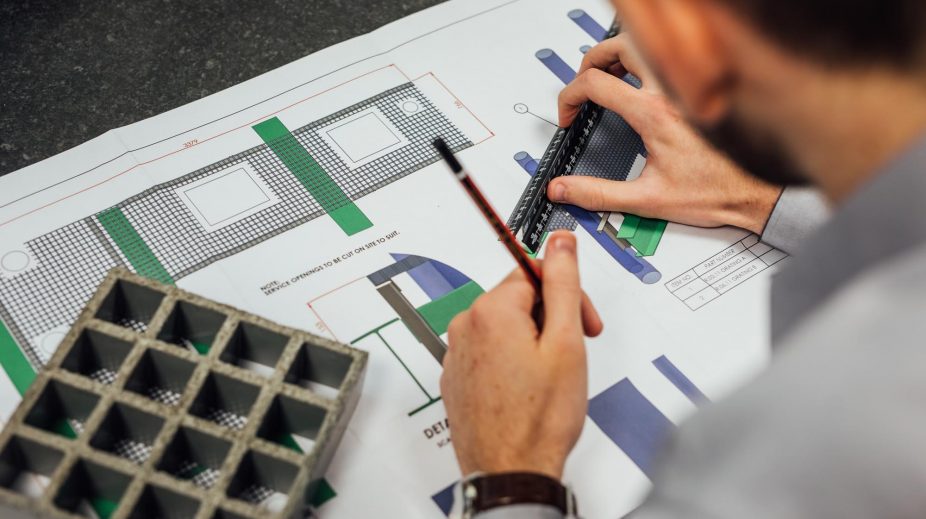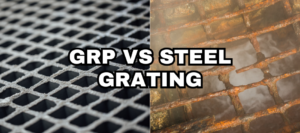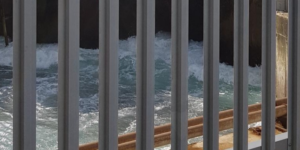In the world of innovative materials, Glass Reinforced Plastic (GRP) has emerged as a game-changer, reshaping industries and applications across the board. Also known as fiberglass, GRP combines the strength of glass fibres with the versatility of plastic resins, resulting in a material that boasts a remarkable range of properties and uses. In this blog post, we delve into the world of Glass Reinforced Plastic, exploring its composition, advantages, applications, and why it’s a material worth knowing about.
Understanding Glass Reinforced Plastic (GRP):
At its core, Glass Reinforced Plastic is a composite material that merges glass fibres with a polymer matrix, usually made of epoxy, polyester, or vinyl ester resin. The result is a material that inherits the strength and rigidity of glass fibres while benefiting from the corrosion resistance, lightweight nature, and moulding capabilities of plastic resins. This unique combination of traits makes GRP a sought-after material in various sectors.
The Advantages of GRP:
- Strength and Durability: GRP’s strength-to-weight ratio is impressive. It can withstand heavy loads without succumbing to deformation or breakage. This inherent strength, coupled with its durability, makes GRP an excellent choice for structural components.
- Corrosion Resistance: One of the standout features of GRP is its resistance to corrosion. Unlike metals that are prone to rust and degradation, GRP remains unaffected by moisture, chemicals, and harsh environmental conditions.
- Lightweight Construction: GRP’s lightweight nature simplifies transportation, installation, and handling. This property is particularly valuable in industries like aerospace and transportation, where reducing weight is a priority.
- Design Flexibility: The moulding process of GRP allows for intricate and complex shapes to be created with ease. This design flexibility opens up opportunities for innovative architecture, creative product designs, and unique solutions.
- Thermal and Electrical Insulation: GRP’s inherent insulating properties make it a great choice for applications that require protection against heat, cold, or electrical conductivity. This is especially important in electrical enclosures, HVAC systems, and more.
- Low Maintenance: GRP requires minimal maintenance due to its resistance to environmental factors and corrosion. Unlike wood, which needs regular treatments, GRP offers a longer lifespan and reduced upkeep.
Applications of GRP:
The versatility of Glass Reinforced Plastic enables it to find a place in a wide range of industries:
- Construction: GRP is used for access platforms, service riser flooring, handrails, structural components, and architectural features due to its durability and design flexibility.
- Marine: Its resistance to saltwater and corrosion makes GRP a staple in boat hulls, decks, and other marine structures.
- Automotive: GRP components contribute to weight reduction in vehicles, improving fuel efficiency and performance.
- Aerospace: Its lightweight nature and high strength-to-weight ratio are advantageous in aircraft interiors, panels, and components.
- Infrastructure: GRP’s corrosion resistance is vital for infrastructure like bridges, walkways, and railings in corrosive environments.
- Industrial: GRP’s non-conductive properties are used in electrical enclosures, cable trays, and cooling towers.
- Consumer Goods: It’s used in various consumer products, including sporting equipment, furniture, and even musical instruments.
Conclusion:
Glass Reinforced Plastic, with its remarkable blend of strength, durability, and versatility, has established itself as a key player in modern materials. From construction to aerospace, its applications are as diverse as its benefits. As industries continue to evolve, GRP’s contributions to innovation, sustainability, and efficiency make it a material worth watching. In a world where excellence is the standard, Glass Reinforced Plastic shines as a testament to human ingenuity and the power of advanced materials.





